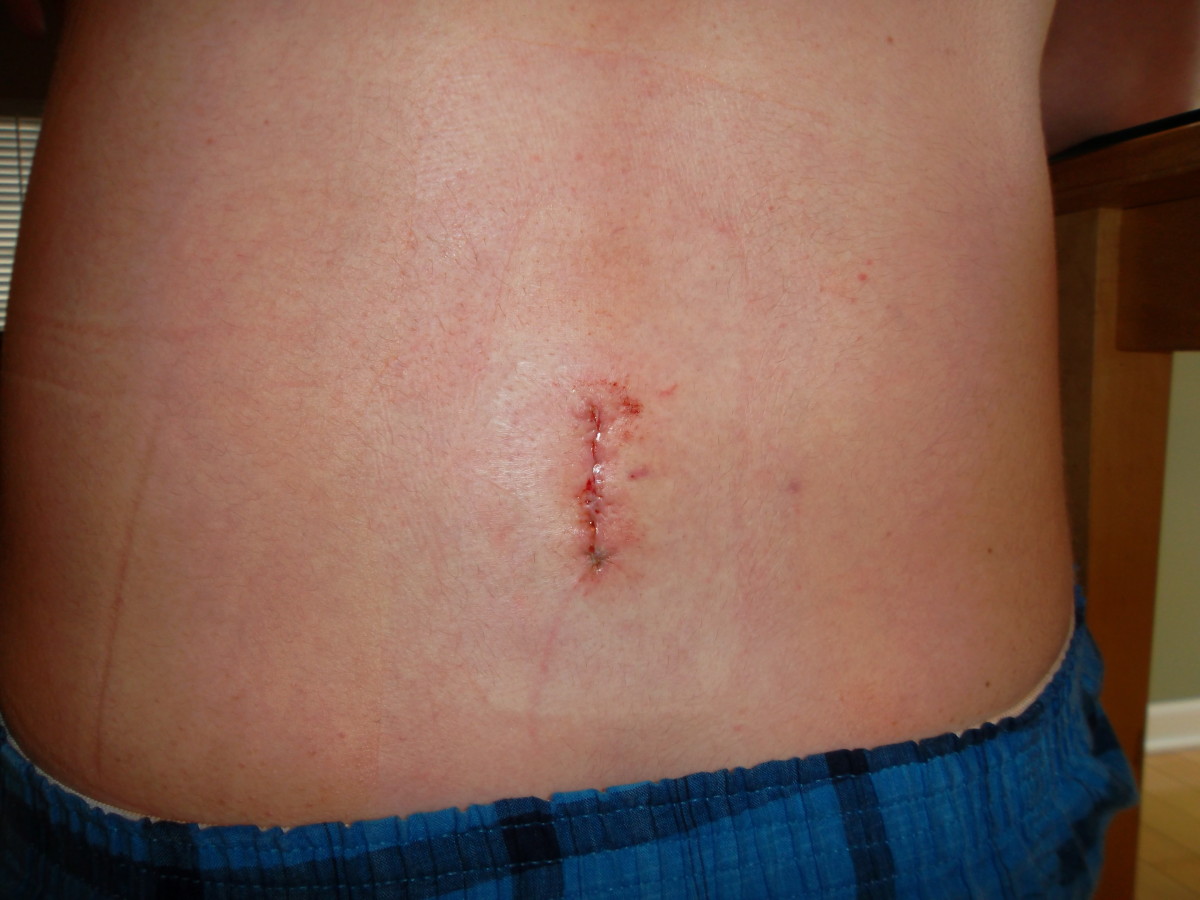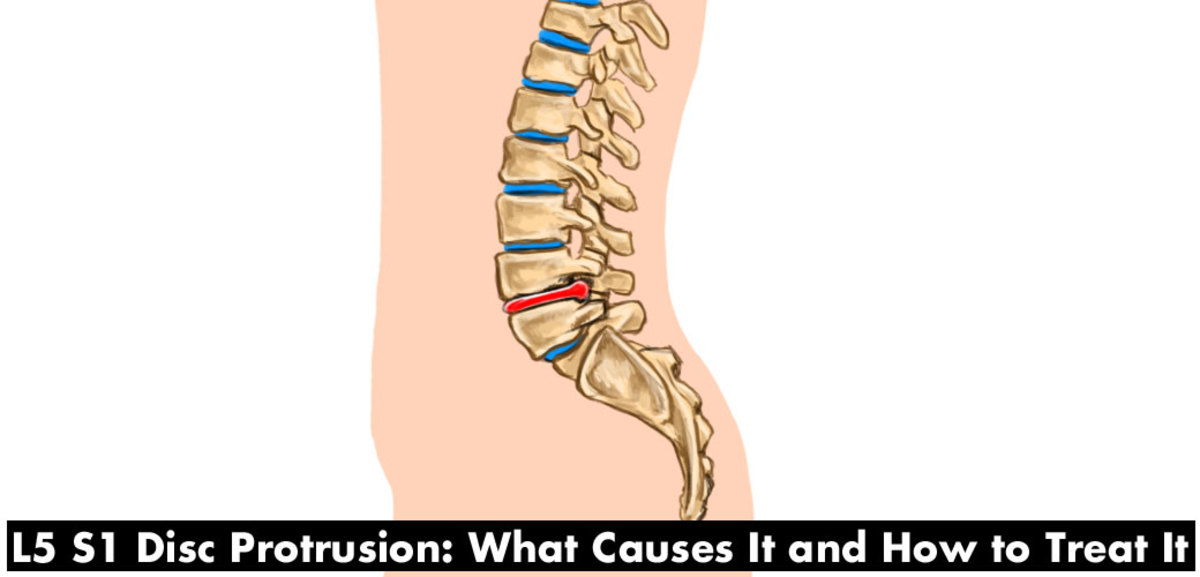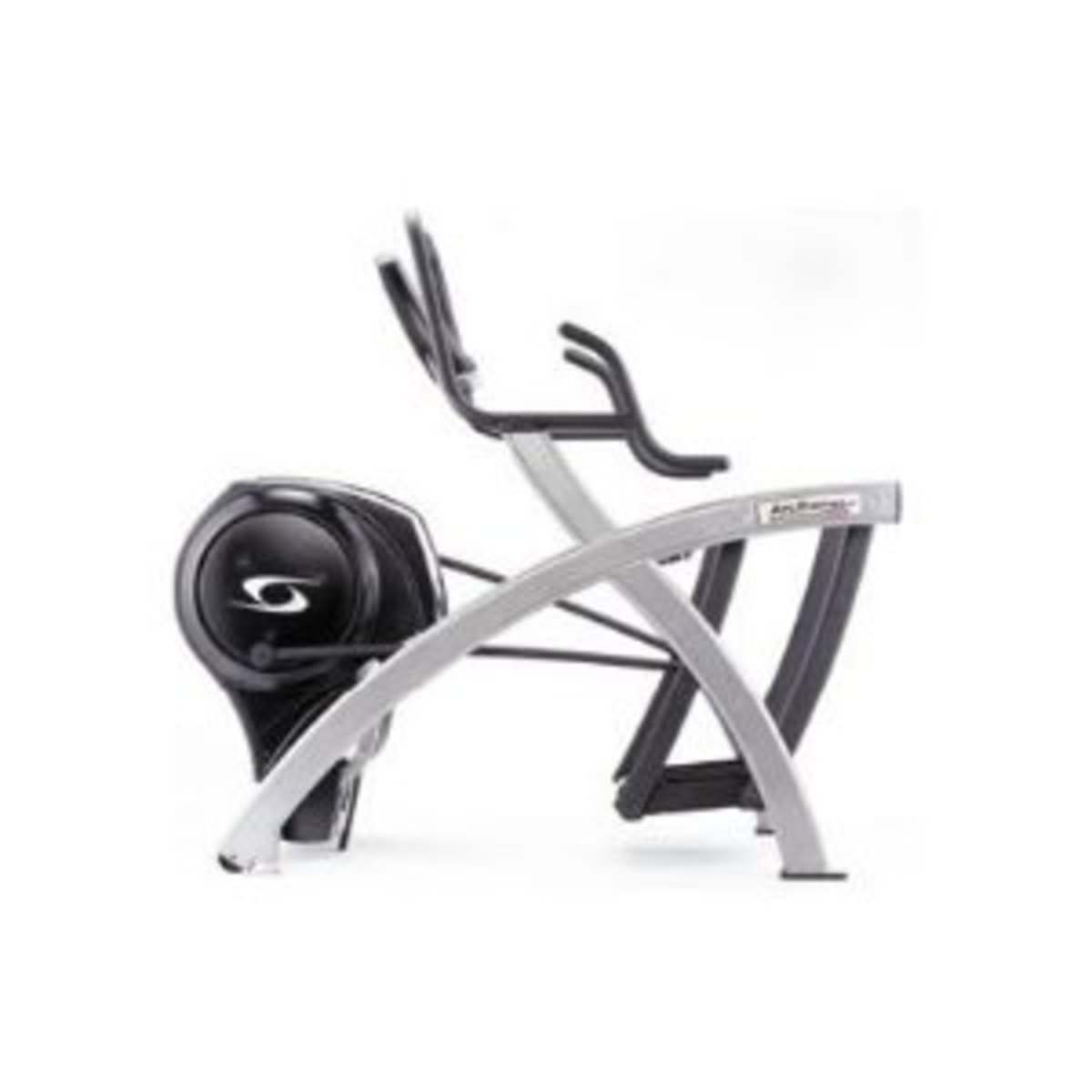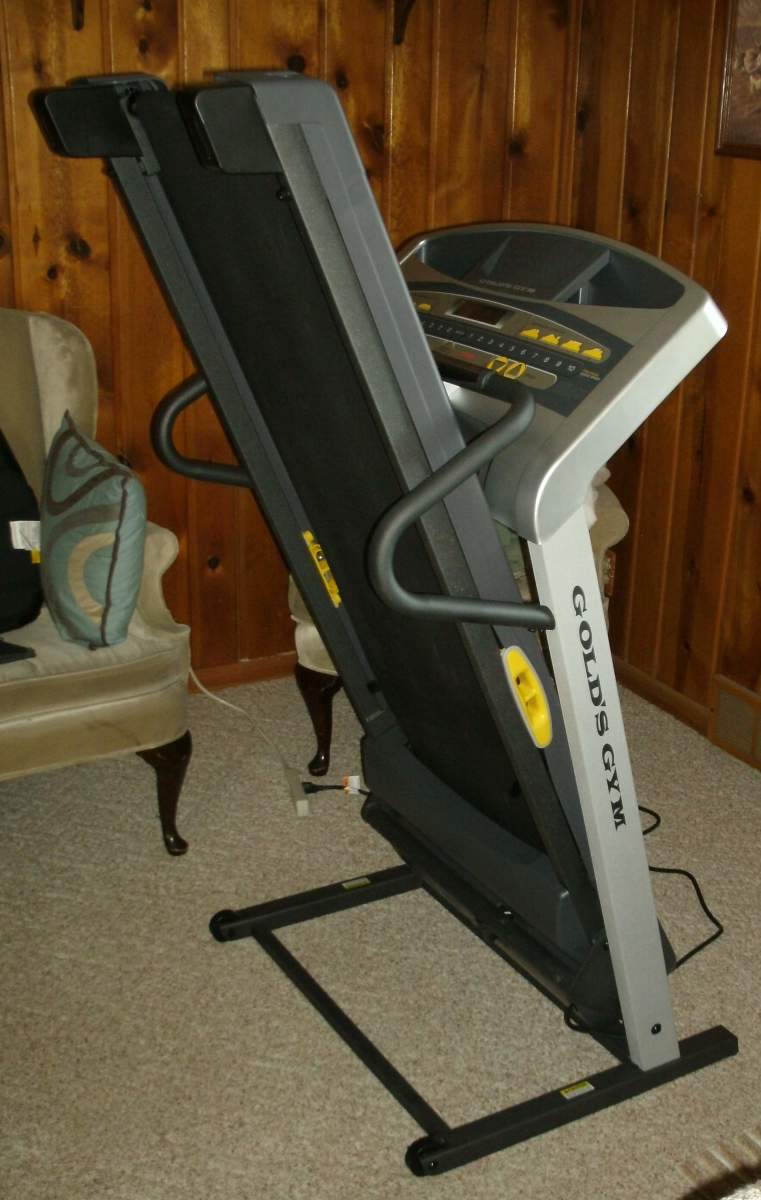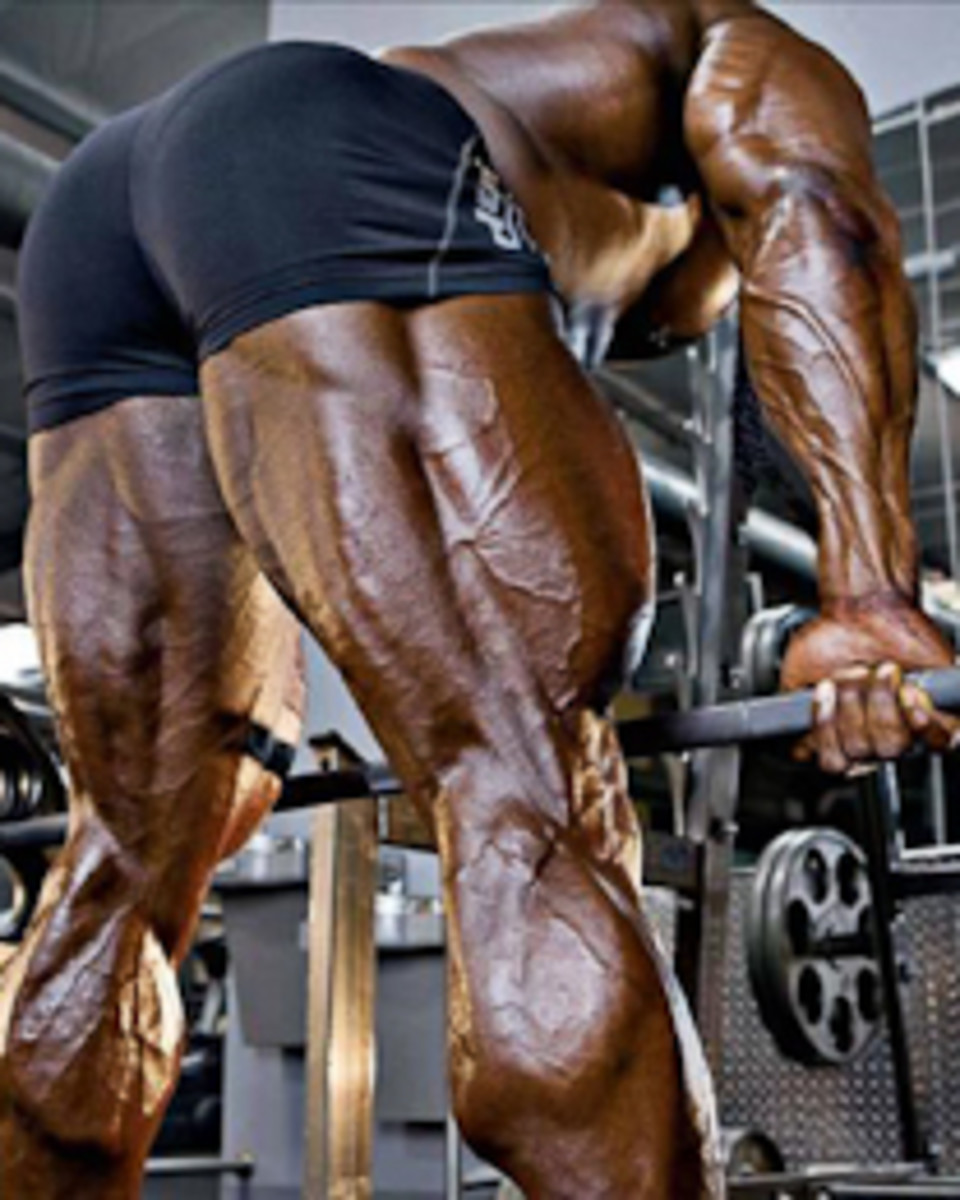Treatment for Disc Herniation and Bulges

What are disc bulges and disc herniations and how Rehabilitation and consultation with an Exercise physiologist can help in injury
In order to understand bulging disc or herniated disc we need to learn some terms
- Intervertebral discs
- Annulus fibrosis
- Nucleus pulposus
- End plates
Intervertebral discs
Intervertebral discs are fibrous cartilages located between the surfaces near the vertebrae. They form a fibrous and cartilaginous joint between the vertebral bodies, uniting them. In addition, it is made up of the annulus fibrosus and the pulpal nucleus.
Annulus fibrosis
The annulus fibrosus is the hard-outer circular portion of the intervertebral disc made up of a ring of ligamentous fibers that surround the soft inner core, the nucleus pulposus that lines the inner core of the disc and securely connects the vertebrae of the spine above and below the disc.
Annular fibers prevent the nucleus pulposus, made of a gel, from herniating or leaking from the disc by sealing the nucleus hydraulically and evenly distributing any pressure and forces imposed on the intervertebral disc.
Nucleus pulposus
The nucleus pulposus is the inner nucleus of the intervertebral disc made up of a gel consisting mainly of water, as well as a loose network of collagen fibers. This flexible structure allows the intervertebral disc to withstand the forces of compression and twisting.
As the body grows, the body's discs become stiffer and drier, making the disc less able to adapt to pressure. The nucleus pulposus can open through the protective layer of the annulus fibrosus, exudate from the disc space and injure the nerve roots near the disc.
Endplates
The upper (top) and lower (bottom) parts of each vertebral body are lined with an end plate. End panels are complex structures that blend with the intervertebral disc and help hold the disc in place.
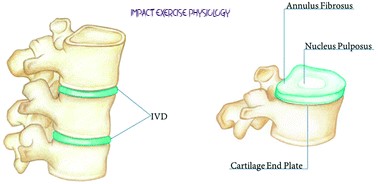
Definitions
Bulging disc
- A bulging disc is a condition in which the nucleus pulposus of the intervertebral disc remains contained within the annulus fibrosa.
- This bulging disc can put pressure on the surrounding nerve roots, which can cause pain that spreads to the back and other areas like upper and lower limbs, depending on the location of the swollen disc.
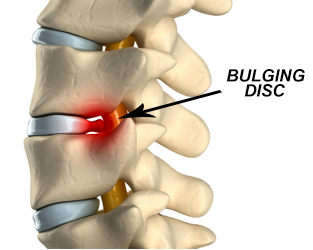
Herniated disc
- A herniated disc is a condition which occurs when the outer fibers (annulus) ruptures and allows the nucleus pulposus to completely spill out.
- The herniated material can compress the nerves around the disc and cause pain that can radiate down the back and sometimes to the arms and legs.
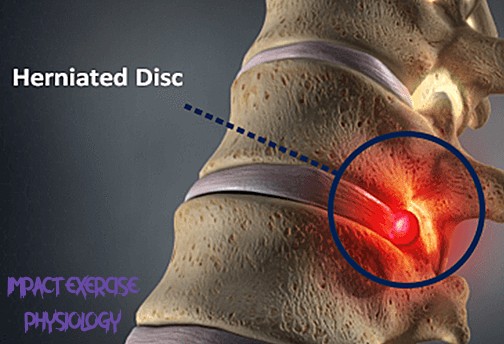
Symptoms
Bulging disc
- Tingling or pain in the fingers, hands, arms, neck or shoulders. This may indicate a bulging disc in the cervical region.
- Pain in the feet, thighs, lower spine and buttocks. This is the most common symptom and can indicate a problem in the lower back.
Herniated disc
- Difficulty walking or feeling weak when lifting or carrying objects.
- lower back pain
- Numbness or tingling in the shoulders, back, arms, hands, legs, or feet
- Neck pain
- Problems bending or straightening the back
- Muscle weakness
- Pain in the buttocks, hips, or legs if the disc presses on the sciatic nerve
Causes
Bulging disc
- Car accident.
- Weakness of the existing ring (annulus).
- Bad posture including improper body positioning during sleep, sitting, standing or exercise are all risk factors which may contribute to the development of a bulging disc.
- A disc that twists from repetitive work with a lot of bending, twisting or lifting.
- Sitting, standing driving or working for long periods of time.
Herniated disc
- Pain from a herniated disc occurs suddenly and usually affects an individual nerve root.
- As you age, your discs become less flexible and more prone to tearing or rupturing with even a minor strain or twist.
- Using your back muscles instead of your leg and thigh muscles to lift heavy objects can lead to a herniated disk, as can twisting and turning while lifting.
- A traumatic event such as a fall or a blow to the back is the cause.
Disc Injuries
As we age, our discs deteriorate and slow down, so Bulging discs usually cause degeneration with age. The discs between the bones of the spine are made up of cartilage, fibrous tissue, and water. With age, these discs can weaken and may flatten, bulge, or break down. Because it is considered degenerative, there is usually a gradual onset of symptoms. This can cause pain in the back, legs also it can affect your ability to walk and perform daily activities.
Symptoms or problems
Cervical
Common problem areas C5 & C6
Neck pain
Weakness and referred pain in the upper arms (deltoids biceps & wrist extensors)
Thoracic
Less common site of injury
Pain in the upper back, chest, and abdomen
Pain with coughing, sneezing laughing
Lumber
Severe back pain (often on one side)
Pain with prolonged sitting and standing
Referred pain in the legs from the gluteal to the foot (sciatica)
Difficulties with everyday activities (walking, bending, sleeping)
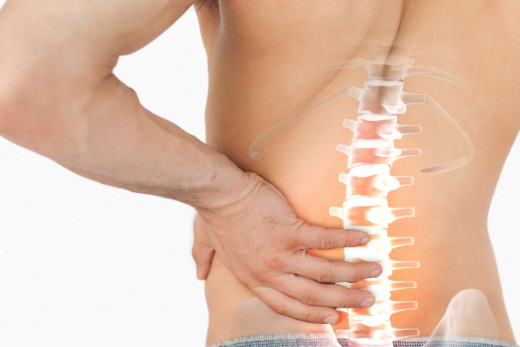
What can Exercise Physiology Help with?
General health and fitness (using safe functional techniques)
- Weight loss
- Improving balance and posture
- Reducing your risk of injury
- Increasing flexibility and coordination
- Improving muscle memory for sports-specific exercises
- Improving overall physical performance
- Improving confidence and self esteem
Exercise physiology Management in disc herniation and disc bulge
Being someone who has had the problem of disc herniations or bulging discs in the past, I know firsthand that pain can be debilitating. However, the last thing you would want to contemplate is exercising under the guidance of exercise physiologists this can be the best and most effective long-term treatment option. Exercise treatment has been proven effective in treatment of the following types of pain:
- Disc bulge/herniated discs
- Spinal degeneration
- Osteoarthritis
- Referred pain/sciatica
First of all, you need to know the benefits of having an exercise physiologist by your side. This explains why this is most important for an effective outcome. Exercise helps in
- Pain control
- Provide education on how to maintain a healthy weight
- Improving core strength and helping improve stability of the spine
- Increasing pain free movement of the back
- Restoring functional and neurological deficits associated with the symptoms of a herniated disc.
- Firming or stability Program causing pain reduction and improving function.
Overall results found superior benefits in strength and resistance training as well as stability and flexibility training as opposed to other forms of treatment.

Active Treatments You May Try in exercise physiology
Active treatments help address extensibility, good posture, strength, stability, and joint movement. An exercise program may also be prescribed to achieve accurate and effective results. This will not only eliminate recurrent pain but will also benefit your optimal health. Your exercise physiologist will work with you to develop a program based on your specific diagnosis and health history.
Core stability:
Many people don't realize how much essential a strong core is to their spinal health. Your core (abdominal) muscles help your back muscles support and stabilize your spine. When your core muscles are weak and not enough strong, it puts extra pressure on your back muscles. Your exercise physiologist may teach you core stabilizing exercises to strengthen your back.
Flexibility:
Learning proper stretching, mobilizing and flexibility techniques will prepare you for aerobic and strengthening exercises. Flexibility helps your body move easier by warding off stiffness.
Hydrotherapy:
In contrast to simply sitting in a hot tub, active hydrotherapy may involve water aerobics to help condition your body without unnecessary stress.
Muscle strengthening:
Strong muscles are a great support system for the spine or muscles and are more tolerant of pain.
An exercise physiologist will teach you ways to condition and strengthen your back to help prevent future pain. You can learn the principles of self-care to understand the best way to treat your symptoms. The ultimate goal is to develop knowledge to maintain a pain-free lifestyle.
It is imperative that you learn how to exercise and the condition of your back after completing the physiology of formal exercise. If you don't implement the lessons you've learned from practicing exercise physiology, you won't enjoy its long-term results. By taking care of your back on your own, you can prevent further herniated disc pain.
Rehabilitation by Exercise Physiologist
An exercise physiologist will work with you to design a specific treatment program that will speed up your recovery, including exercises and treatments that you can do at home. Exercise physiology will help you return to your normal lifestyle and activities. The time it takes to recover from the disease varies, but results can be achieved within 2-8 weeks or less, when implementing an appropriate program of postures, pain reduction, stretching, and strengthening.
For the first 24 to 48 hours after a herniated disc is diagnosed, an exercise physiologist might recommend:
- Rest the area by avoiding any activity that worsens symptoms in the arms or legs.
- Avoid bed rest.
- Stay active at home and take short walks several times a day. Movement will reduce pain and stiffness and help you feel better.
- Apply ice packs to the affected area for 15 to 20 minutes every two hours.
- Sit on sturdy chairs. Soft sofas and armchairs can only make your problems worse.
- See your doctor for more services, such as medication or diagnostic tests
Certain exercises are better for people with a herniated disc. You can learn this from an exercise physiology specialist. For example:
- Exercising in water can be a great way to stay physically active when other forms of exercise are painful.
- Exercises that involve a lot of twisting and bending may or may not be right for you. Your exercise physiologist will design an individualized exercise program to meet your specific needs.
- Strength training exercises, while important, should be done properly to avoid straining the back and neck.
This content is for informational purposes only and does not substitute for formal and individualized diagnosis, prognosis, treatment, prescription, and/or dietary advice from a licensed medical professional. Do not stop or alter your current course of treatment. If pregnant or nursing, consult with a qualified provider on an individual basis. Seek immediate help if you are experiencing a medical emergency.
© 2020 Affan Azeem

